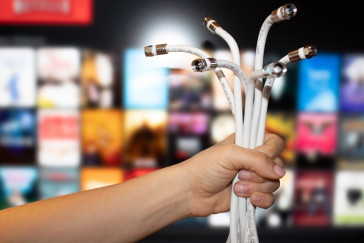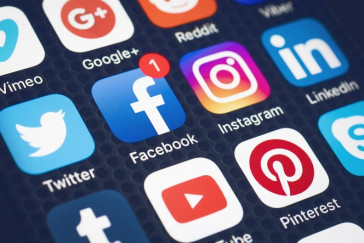On Tech Feuds
This may be too much to ask, but we sure hope all the tech stars would just get along. The tech landscape used to pave the way for more openness and innovation. It wasn't so long ago when tech and social giants made the world more sharable and let users to connect in the most seamless ways possible.
However, recent events make it seem like we're going in the opposite direction. Instead of allowing users to be more open and connected, some companies are either blocking other services or replacing perfectly good ones to push their own interests.
Exhibit A: Google's Search Plus Your World
Back in January, Google released a new feature called "Search Plus Your World", which included relevant Google+ pages and posts with organic search results. The new feature was met with criticism among tech pundits, because it looked like Google was favoring pages from its own social network. Search Plus Your World did not display results from rival networks like Facebook and Twitter, a move that was labeled as anti-competitive.
Exhibit B: Apple Maps
In iOS 6, Apple's latest mobile software update, it replaced Google Maps with its own native technology, promising effective turn by turn navigation, spectacular 3D views, and detailed views of maps.
However, the maps app that was actually released did not deliver. Users complained of typos, navigation errors distorted views (i.e. theBrooklynBridgelooked like it melted, and major areas inBeijing,London, andTokyowere missing). To make things worse, users can't even access Google's old mapping system, unless they did it using Safari.
Yes, Apple Maps was definitely disappointing, but it wasn't just because it sucked. Apple disappointed its users by blatantly putting its own agendas over its customers. Apple knew that Google Maps was far superior, yet it chose to scrap that and put in their own half-baked monstrosity in its place.
Plus, Apple products aren't cheap, so people expect quality. To release such a dreadful native app is a move so dismaying, that people should seriously rethink if a company that would do something like that deserved their money.
Exhibit C: Twitter vs. Instagram and Facebook
When Facebook bought Instagram a couple of months ago, Twitter was... less than enthusiastic. Word was out that Twitter was also in talks to purchase the photo-sharing service, and to have Facebook swoop in with the deal out of nowhere was a slap in the face.
In fact, Twitter creator Jack Dorsey (who was also an early investor in Instagram) stopped using the service when the acquisition was announced.
So what did Twitter do? They blocked Instagram from allowing users to find their Twitter friends through the photo app. This was unpleasant for Instagram, mainly because one of the reasons why it got so big was because people could access their Twitter friends using the service.
The drama doesn't stop there though. Last week, Instagram announced that it would start preventing its images from showing up on Twitter. Before, users were able to see Instagram photos, right from their Twitter streams, allowing them to conveniently view pictures without having to leave the microblogging site.
But thanks to Instagram's latest move, if users wanted to see an Instagram photo posted on Twitter, they would have to click away from Twitter and view the photo on the Instagram website itself.
Maybe Good for Business, but Really Bad for Users
Yes, the above-mentioned moves by our favorite tech giants may be considered "strategic" on their end, but they're obviously not good for users. Companies are so blatantly pushing their own interests at the expense of user experience, and that simply isn't right. It's anti-competitive, anti-social, and more importantly, anti-innovation.
So much for technology moving us forward.
Image credit: ganderssen1 on Flickr





